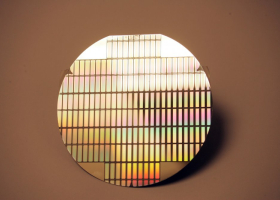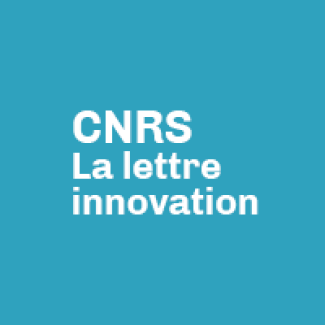Les porteurs de projet sont invités à soumettre leur projet à inp.valorisation@cnrs.fr et à en adresser une copie au Service Partenariat et Valorisation de leur Délégation Régionale.
Sont éligibles les propositions émanant de chercheurs, chercheuses, enseignantes-chercheuses, enseignants-chercheurs, ingénieures ou ingénieurs relevant d’une unité de recherche rattachée au CNRS.
La soumission des projets se fait au fil de l’eau. Les projets sont examinés d’abord en Comité de direction de l’Institut de physique au début de chaque mois puis en comité de pré-sélection présidé par la Direction générale déléguée à l'innovation et composé des représentants des instituts du CNRS et de CNRS innovation. Le porteur ou la porteuse de projet est invité(e) ensuite à présenter son projet devant un jury de personnalités du monde économique. La décision de financement ou de non-financement lui est communiqué par courrier.



